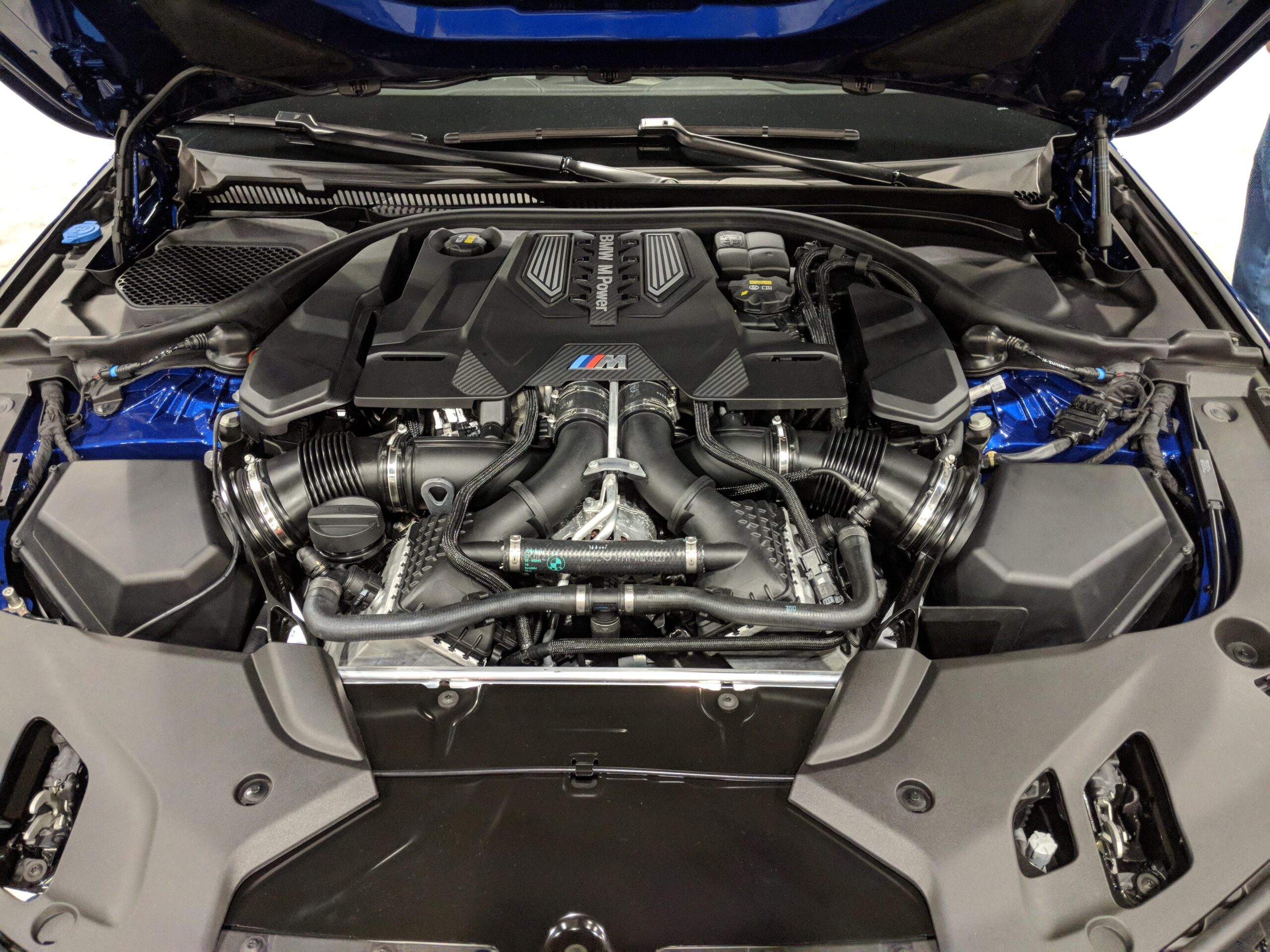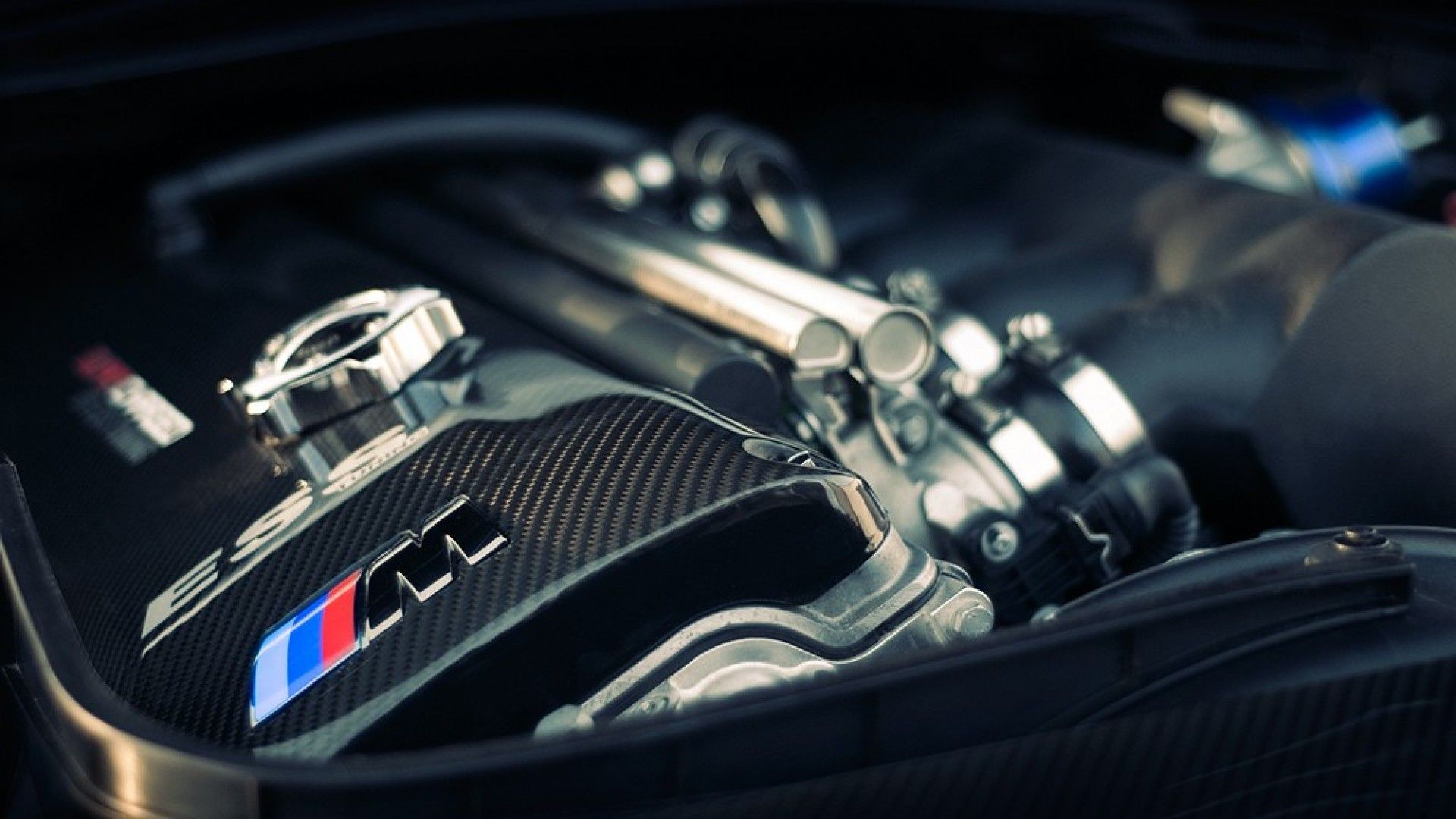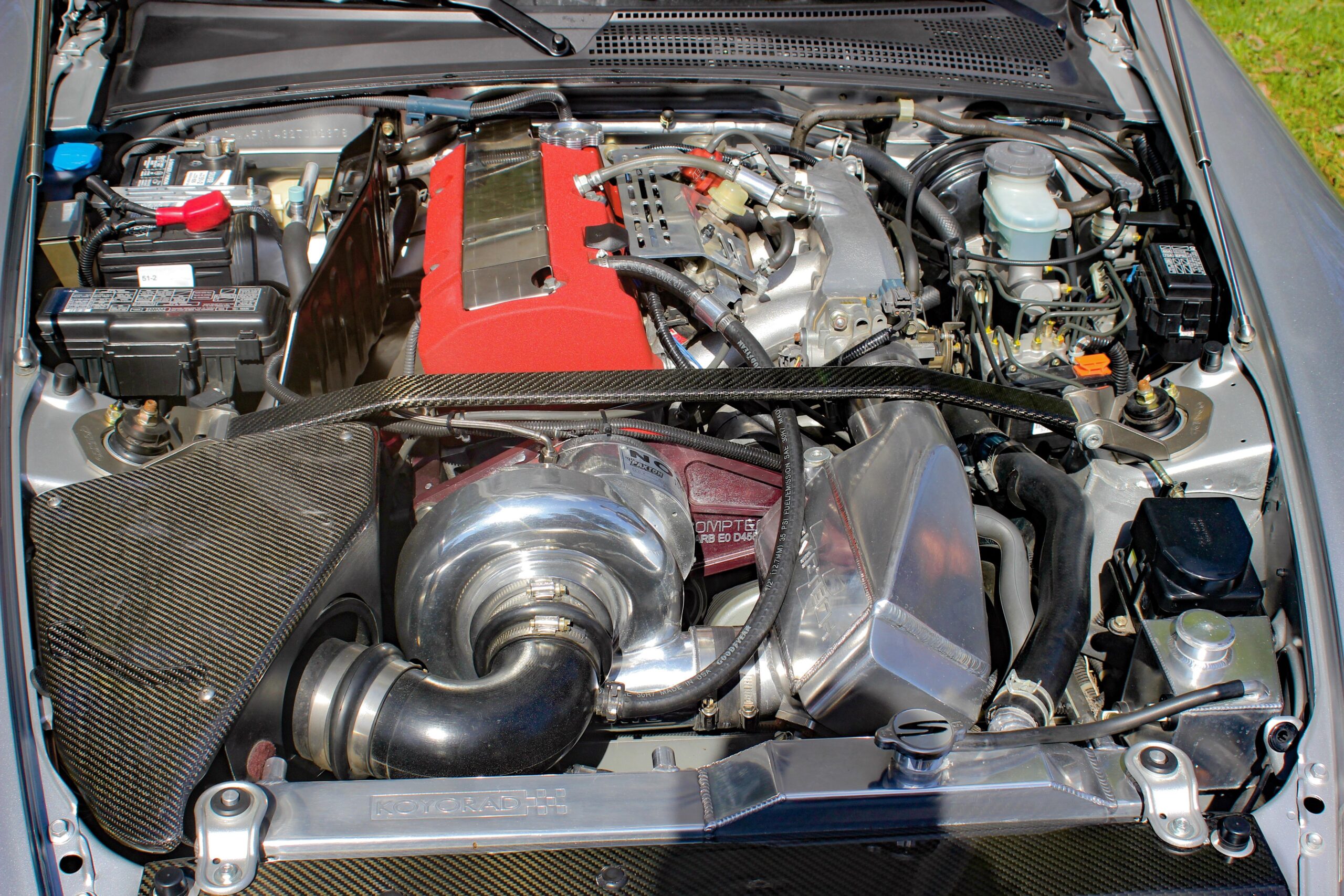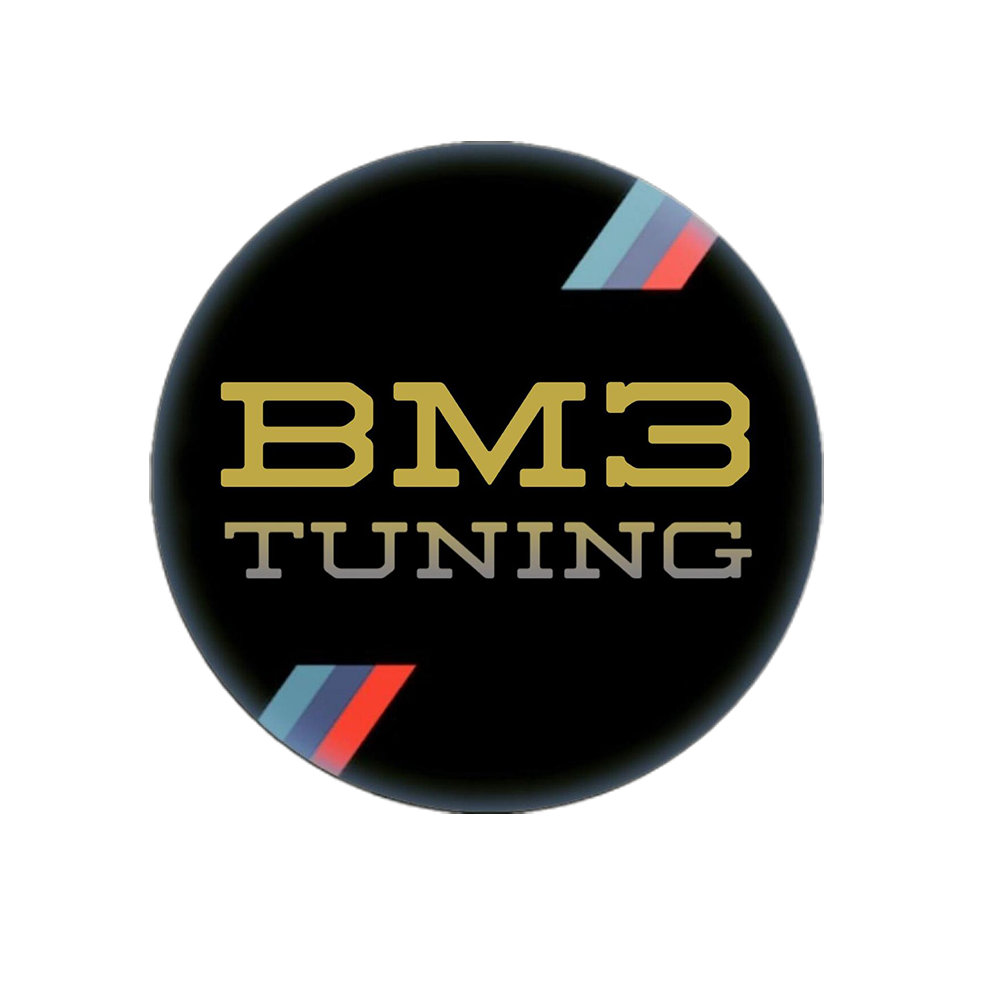The technical side
Before opting for software its imperative to understand the basics of how a tuning process begins and ends
Software flash tuning, also known as ECU (Engine Control Unit) remapping or chip tuning, is a process used to modify the electronic control settings of a vehicle’s engine management system. This involves reprogramming the software that controls various parameters such as fuel injection timing, ignition timing, turbocharger boost pressure, and other engine functions.
Here’s an overview of how software flash tuning typically works:
Accessing the ECU: The process begins by connecting a computer or specialized hardware device to the vehicle’s onboard diagnostics (OBD) port or directly to the ECU itself.
Reading the Original Software: The existing software settings (often referred to as the stock or factory tune) are read from the ECU and stored as a file. This original file contains the default settings programmed by the manufacturer.
Modifying Parameters: Using specialized software, the tuner adjusts various parameters within the ECU’s programming to optimize engine performance, fuel efficiency, or other desired characteristics. These modifications are based on factors such as the vehicle’s specific hardware setup, intended use (e.g., street driving, racing), and the preferences of the vehicle owner.
Writing the Modified Software: Once the desired changes have been made, the modified software settings are written back to the ECU, replacing the original file. This process is often referred to as “flashing” the ECU.
Testing and Fine-Tuning: After the new software has been installed, the vehicle may undergo testing to ensure that it operates correctly and achieves the desired performance improvements. Tuners may further refine the tune based on data gathered during testing, adjusting parameters as needed to optimize performance and drivability.
Software flash tuning can offer a range of benefits, including increased horsepower and torque, improved throttle response, better fuel efficiency, and enhanced drivability. However, it’s essential to note that improper tuning or aggressive modifications can potentially lead to engine damage or other issues, so it’s crucial to work with a reputable tuner who understands the intricacies of ECU remapping and ensures the modifications are safe and reliable for the vehicle. Additionally, it’s essential to consider any legal implications or warranty concerns associated with modifying a vehicle’s ECU.
Our Services

Stage 1
A stage 1 tune typically refers to a basic level of ECU remapping or chip tuning that focuses on optimizing the performance of a vehicle's engine without significant hardware modifications. It involves adjusting parameters such as fuel delivery, ignition timing, and boost pressure to increase horsepower, torque, and overall drivability. Stage 1 tunes are usually designed to work with a vehicle's stock hardware, making them a popular choice for enthusiasts looking for a noticeable improvement in performance without the need for extensive modifications.

Stage 2
A stage 2 ECU flash typically refers to a more advanced level of engine tuning compared to a stage 1 tune. In a stage 2 tune, modifications extend beyond just software adjustments and may include upgrades to the vehicle's hardware components, such as installing a performance exhaust system, high-flow air intake, or upgraded intercooler. The stage 2 ECU flash involves modifying the engine control software to accommodate the increased airflow and other changes resulting from the upgraded hardware. This may include adjustments to fuel delivery, ignition timing, turbocharger boost pressure, and other parameters to optimize performance and ensure the engine operates efficiently with the new modifications. Overall, a stage 2 ECU flash aims to unlock additional power and torque compared to a stage 1 tune by combining software adjustments with hardware upgrades, providing enthusiasts with a more significant performance boost while maintaining reliability and drivability.

Stage 2+
The definitions of "stage 2+" and "stage 3" ECU flashes can vary depending on the specific context and the tuner's terminology. However, generally: 1. **Stage 2+ ECU Flash**: - A stage 2+ tune typically represents a further enhancement of a stage 2 tune. It often involves additional modifications beyond what is considered standard for a stage 2 setup. These modifications might include more aggressive hardware upgrades, such as larger turbochargers, upgraded fuel injectors, high-performance camshafts, or other significant engine modifications. - The stage 2+ ECU flash adjusts the engine control parameters to accommodate the increased airflow, fueling, and other changes resulting from the advanced modifications. This tuning aims to maximize the performance gains from the additional hardware upgrades while maintaining engine reliability and drivability.

“Trust a professional in the industry that understands and knows what they are doing, not a third party that does what they know.”

Ty Nel
QUESTIONS?
We pride ourselves in producing the best overall tunes rather than hunting for power. This in turn allows us to offer a warranty on our in-house development.
if you are unsure about anything, pop us a message and we’ll be happy to assist!








